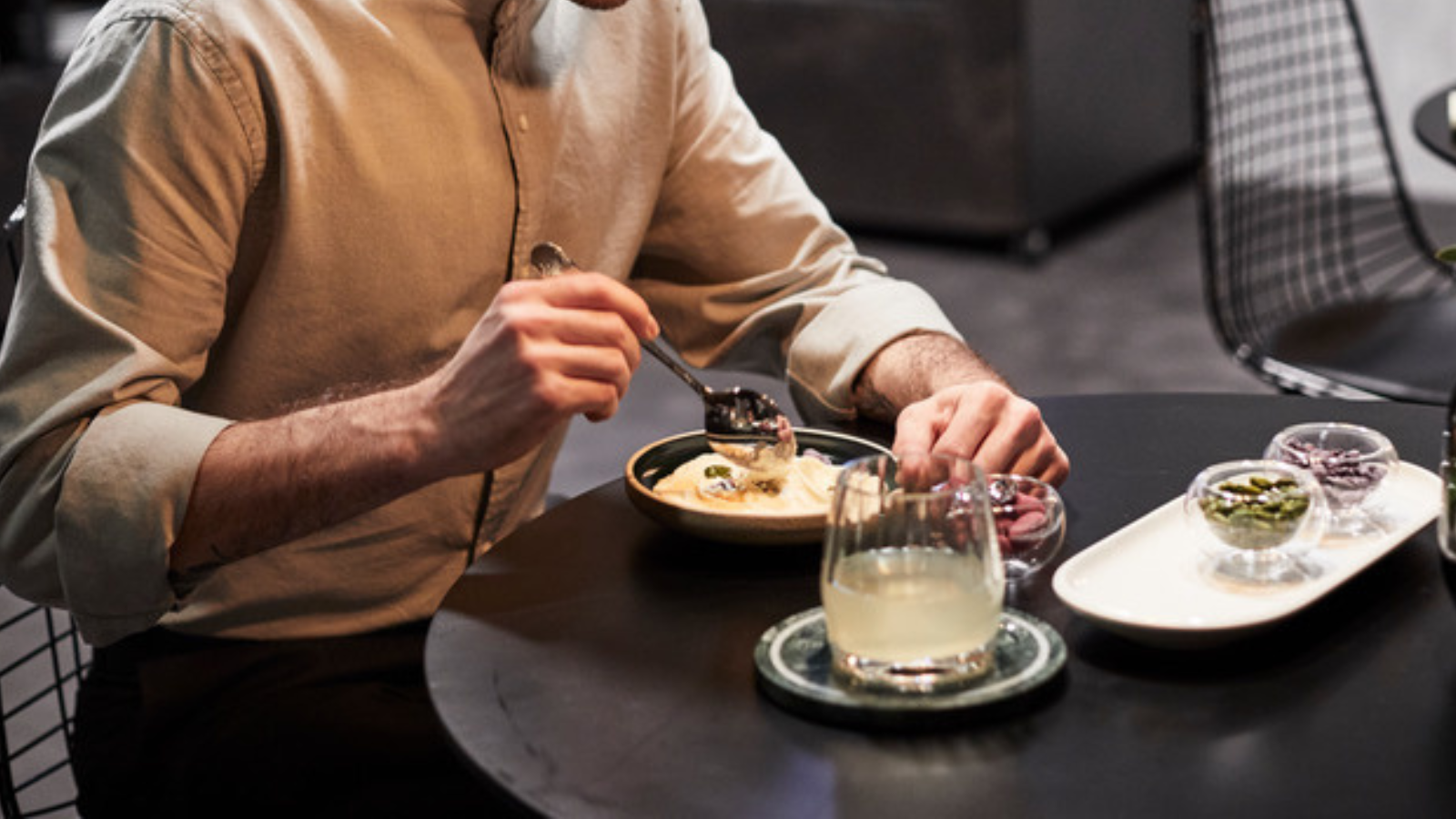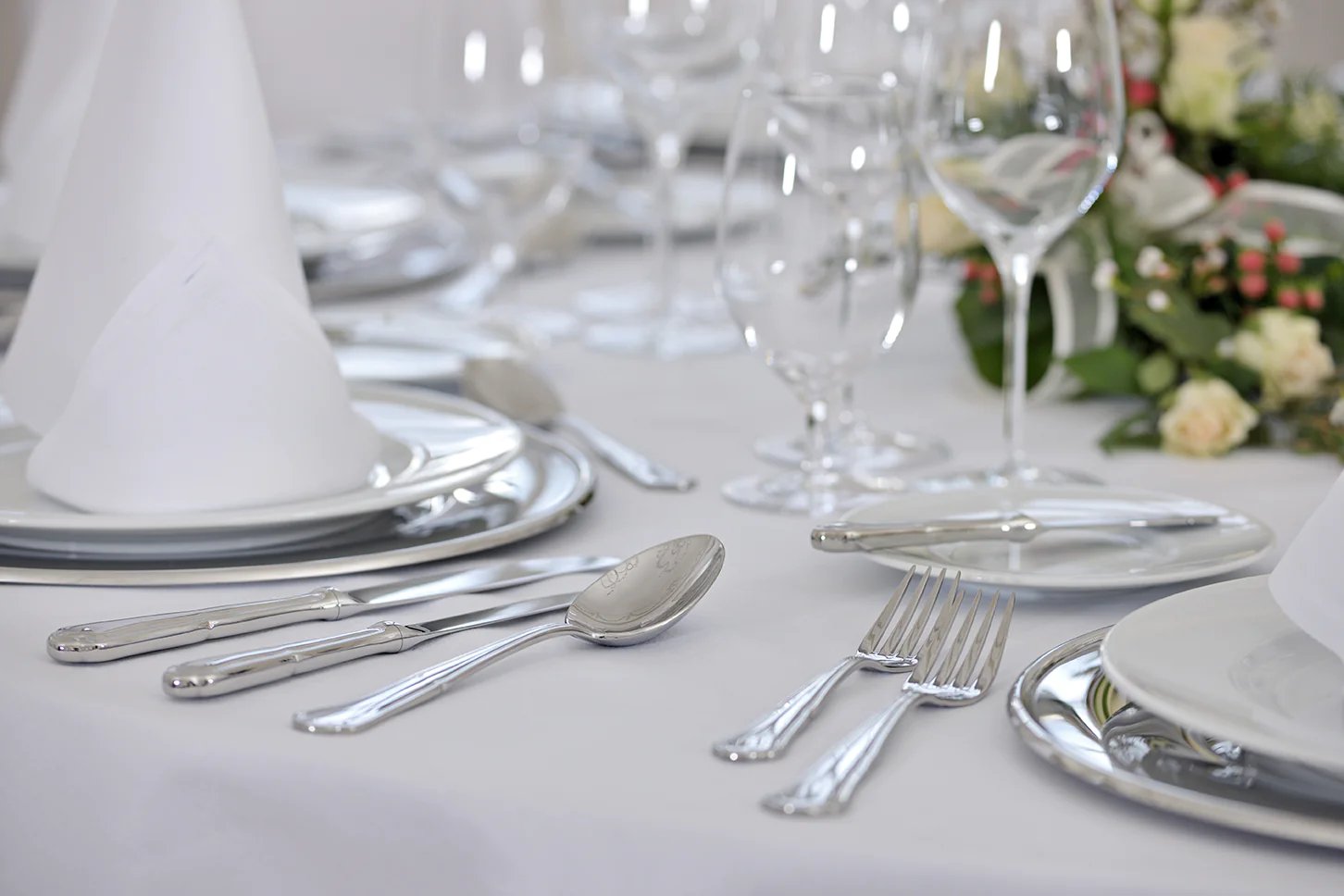
For as long as humans have been eating, they’ve needed a utensil to scoop up the food. Sometimes, cupping your hands just didn’t do the trick, as it was inefficient, messy, and unhygienic. That’s why the spoon took its rightful spot on the dinner table.
Much like its fellow tabletop mates -- the knife and fork -- the spoon's design is simple. Take a smaller version of a shallow bowl and attach a handle to it. Voila! You’ve created the spoon. But the history of the spoon wasn't as simple as that.
Why do we call it a spoon?
The word “spoon” derived from cochlea in Greek and Latin, meaning “spiral shell,” because shells were often used as spoons early on due to their shape and size. It wasn’t until bones were attached as handles that the spoon we know today began to really take shape.
The earliest iterations of spoons were made from materials that were most readily available to the ancient civilizations that utilized them. Nearly every civilized part of the world used spoons in one form or another throughout history.
[Additional Exploration: Discover PVD flatware from Hepp.]
Historians can’t determine the exact time the spoon was invented, but archaeologists can point to evidence around 1000 B.C. of spoons from Ancient Egypt made from wood, ivory, flint, and stone, some adorned with hieroglyphics or religious symbols. Though they were a far cry from modern flatware with stylish color coating options like Copper PVD, these utensils were strictly owned by Pharaohs or other deities.
In other parts of the world, spoons from the Shang Dynasty in China were generally made of bone. Ancient Greeks and Romans, specifically the wealthy ones, began fashioning bronze and silver spoons. This continued up until the Middle Ages, when spoons would be crafted out of cow horns, wood, brass, and pewter. If it could be shaped, it could be a spoon.

[Additional Exploration: See the Chippendale collection from Hepp.]
The earliest mentions of the spoon in England can be dated back to 1259 when King Edward I’s wardrobe accounts make mention of spoons. Not only were spoons used as eating utensils during that time, but much like in Ancient Egypt, spoons carried significance in ceremonies as a sign of wealth and power. During the coronation of a new British king, the newly appointed sovereign would be anointed with a ceremonial spoon.
Pewter became the common material for spoons in the 14th Century, making them more affordable for much of the lower and middle classes. The 15th Century saw the only real variant of the typical design, a folding spoon that could fit in pockets for easy travel. One could argue it was the first grab-n-go utensil.
The History of the Spoon: The Evolution Continues
During the Tudor times in the 16th Century, sets of Apostle Spoons, or spoons with an image of a saint or apostle at the end of the handle, became common christening presents. Soon, christening spoons with materials that reflected social classes were common for all walks of life. The wealthy were literally born with silver spoons in their mouths. The spoon saw several design changes throughout the Renaissance and into the 18th Century. Then, the modern design, a narrow, elliptical-shaped bowl with a rounded end of the handle, stuck for the centuries that followed.
In today’s foodservice industry, there are spoons for every type of preparing and serving need. Restaurants and other foodservice operations utilize spoons for consuming food, like savory soups or decadent gelato, mixing and stirring ingredients, and measuring. The size may vary, but the simple yet sophisticated shape of the spoon remains unchanged.
Selecting the right spoon? It all starts here...






